Introduction
In short, the Sony SEL2470Z is a Zeiss constant aperture zoom lens with dust and moisture resistance for the Sony E-mount full-frame cameras. The lens comes with a “matched” price tag (SGD 1,599).

Key Specification
- Focal-Length – 24-70 mm
- Lens Construction – 10 groups, 12 elements
- Maximum Aperture – 4
- Minimum Aperture – 22
- Number of Aperture Blade – 7
- Circular Aperture – Yes
- Minimum Focus Distance – 0.4m (1.32 ft)
- Maximum Magnification Ratio – 0.2
- Filter Diameter – 67 mm
- Image Stabilization – Optical Steady Shot
- Dimension (d x l) – 73 mm x 94.5 mm
- Weight – 426g (15.1 oz.)
Pros & Cons
Look & Feel
When I first held it in my hand, it had a similar weight as the Sony SEL18200LE (460g) but with better build quality and a much shorter focal length range.
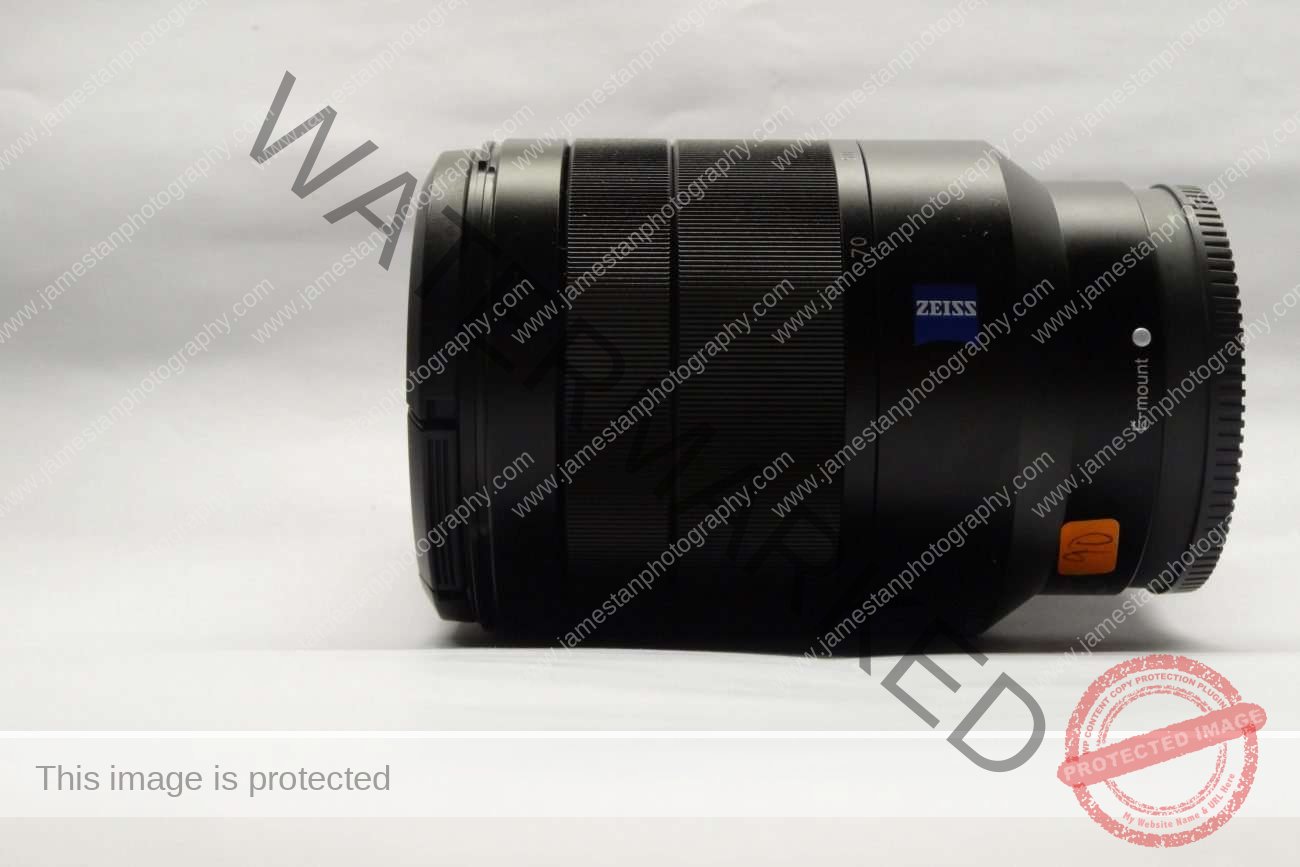
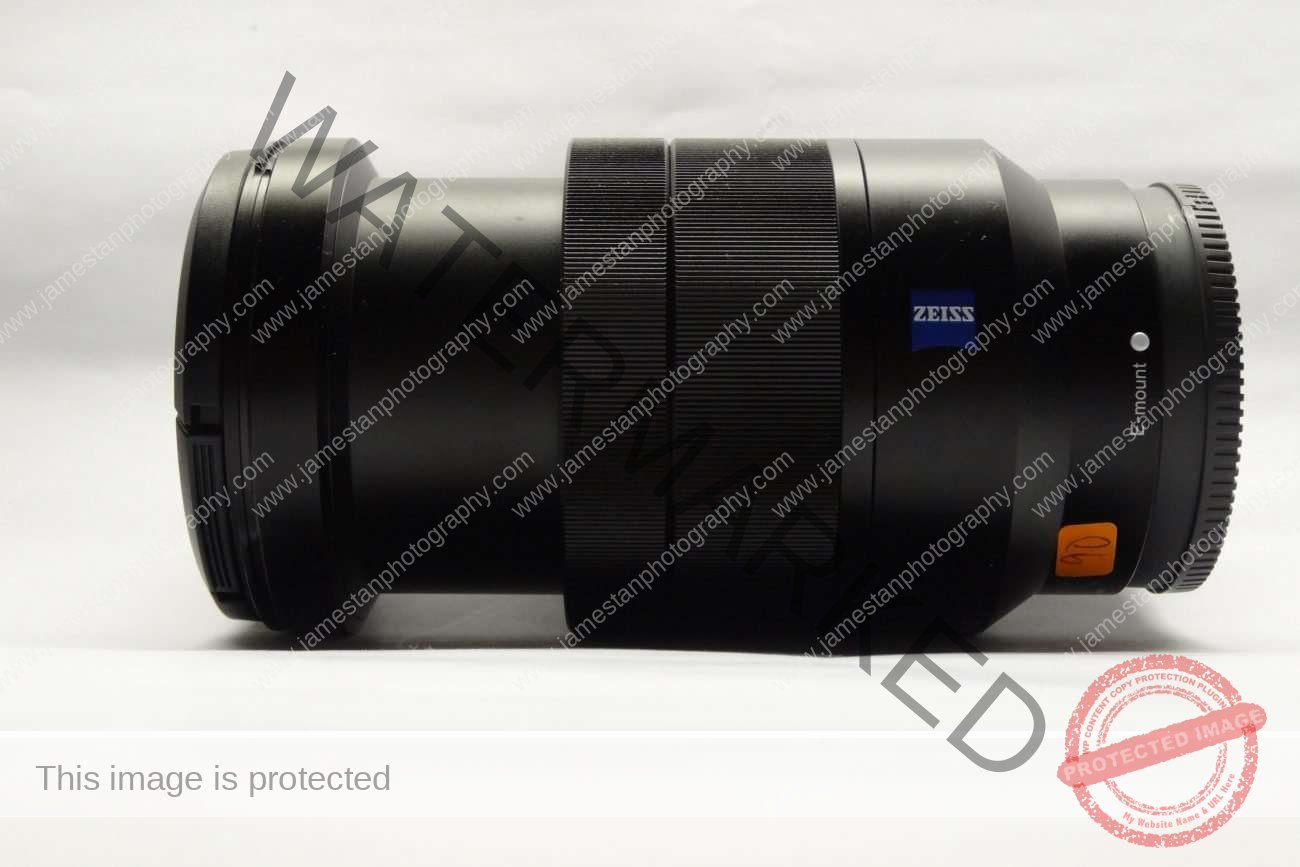
It has a mechanical control focal length and a constant maximum aperture of F4 throughout the focal length range. The focus ring is smooth, and the little blue Zeiss logo gives a premium feel to the lens.
Let’s have the review below.
Sharpness (Infinity)
24 mm
Center


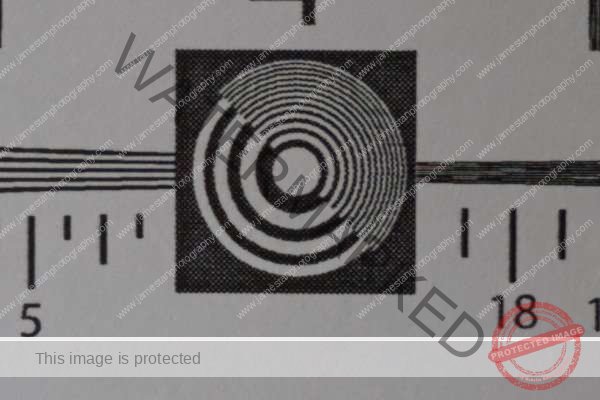
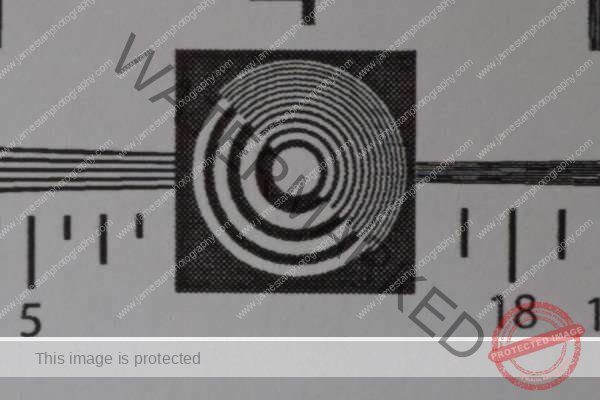
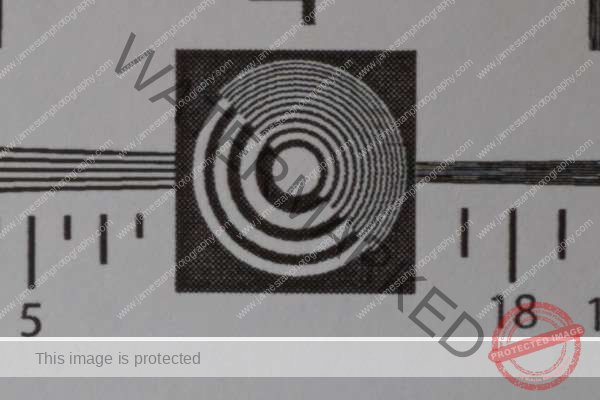

Corner


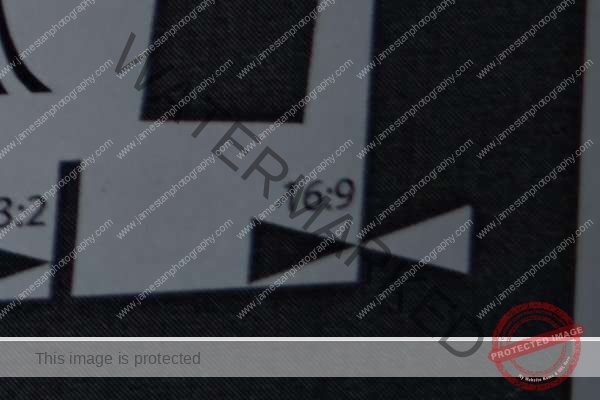

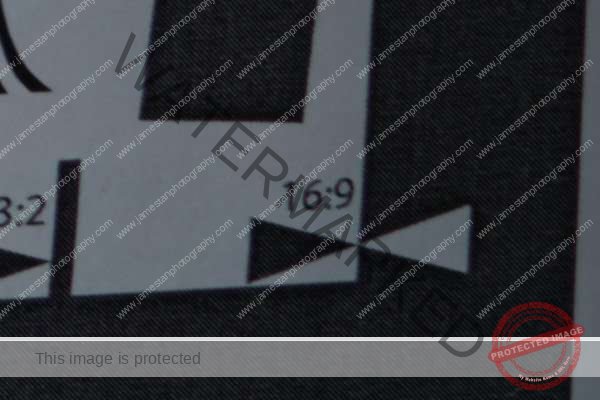
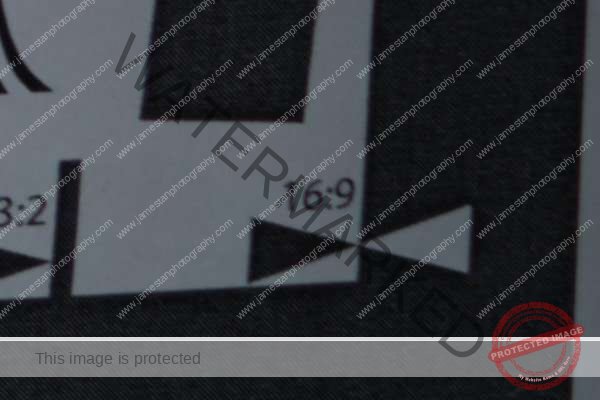
The sharpness at the 24 mm center is good from F4 to F11. Sharpness falls off from F16 onwards. The corner sharpness performs the best at F8 and F11. However, the corner sharpness at f4, F5.6, F16, and smaller do not perform as well as its center sharpness.
35 mm
Center
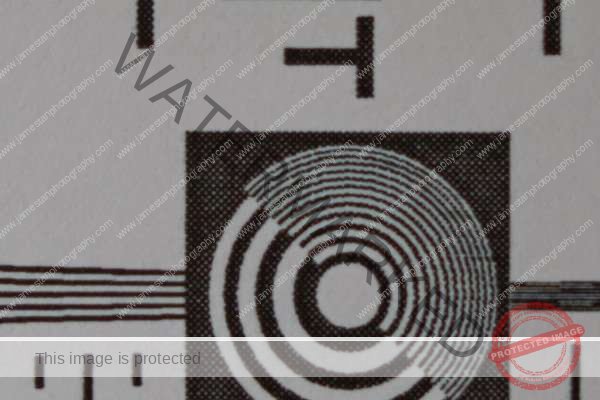
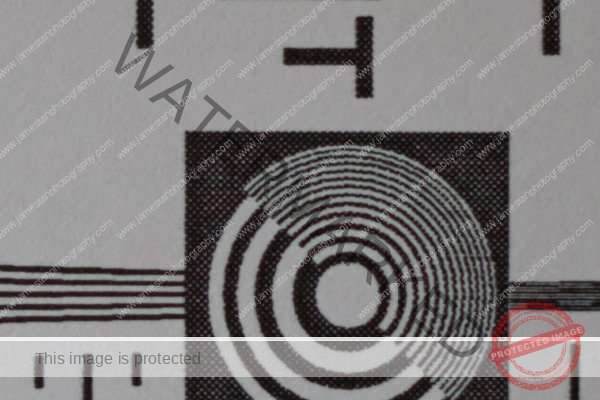
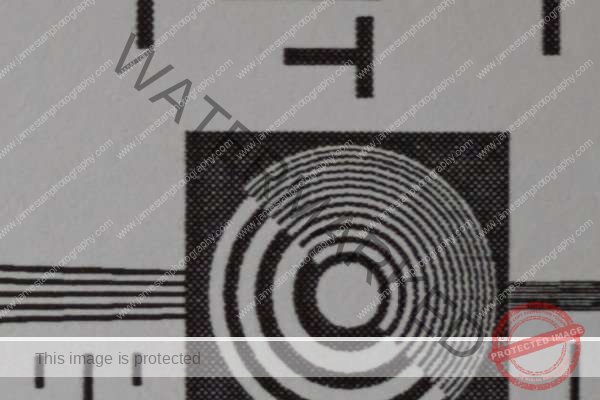
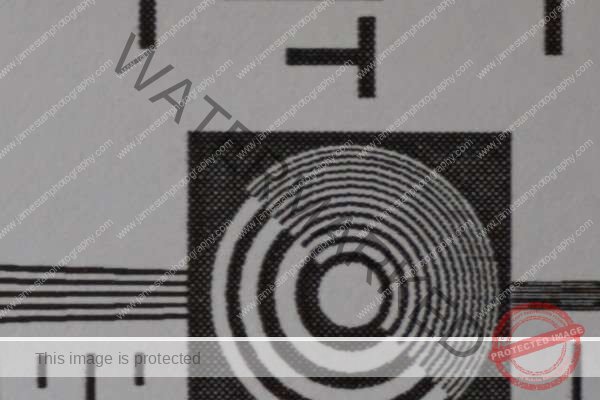


Corner

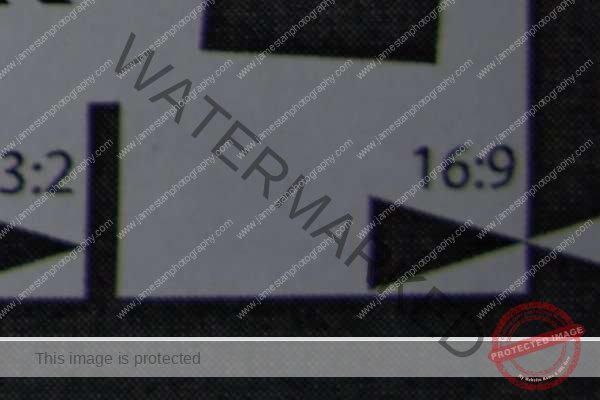
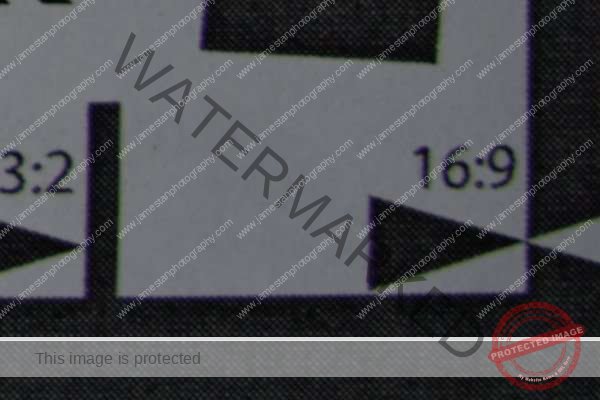



Sharpness at 35 mm is good at F4 and gets better when you stop down, but the sharpness falls off after F16. The corner sharpness performs similarly well at F8, F11, and F16.
50mm
Center


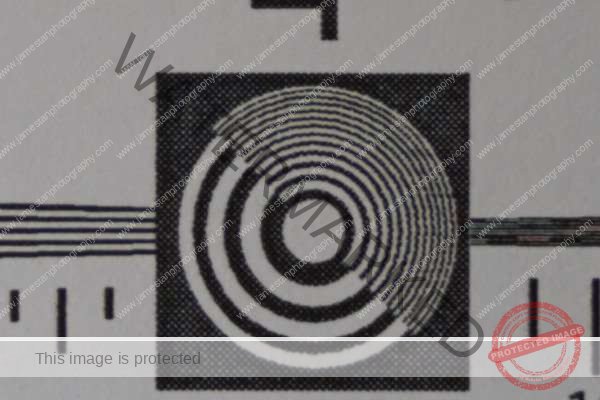

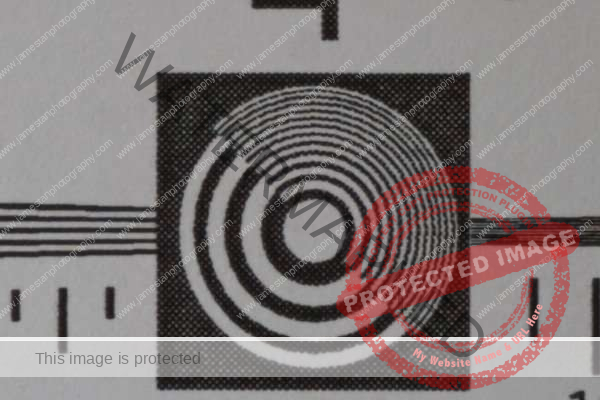

Corner
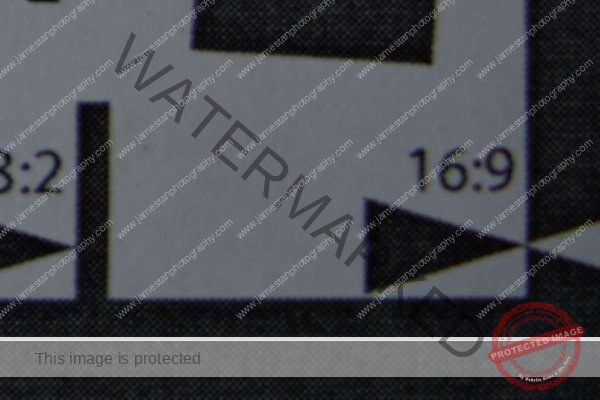

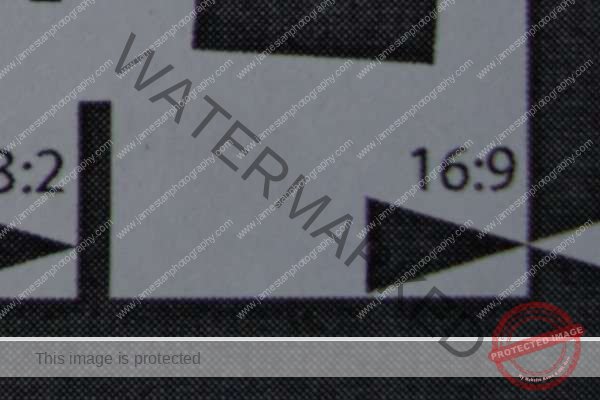
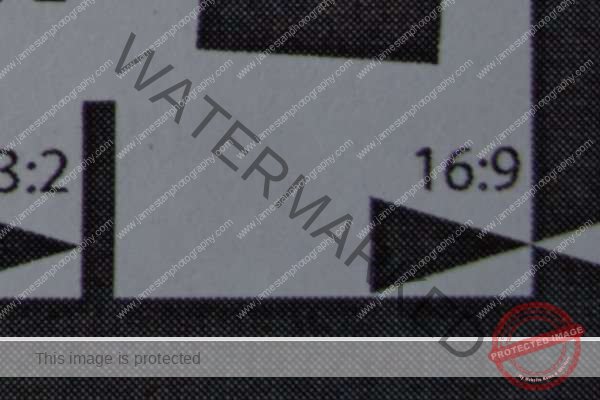
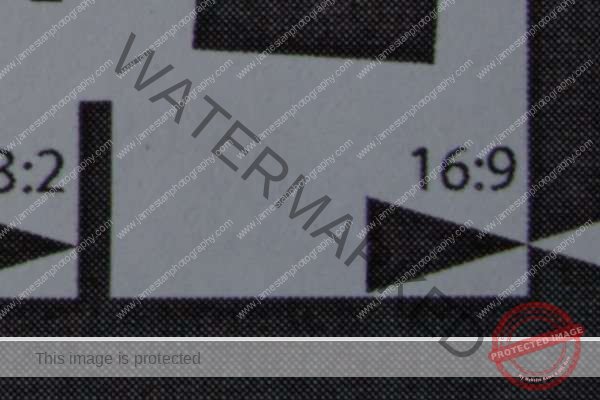
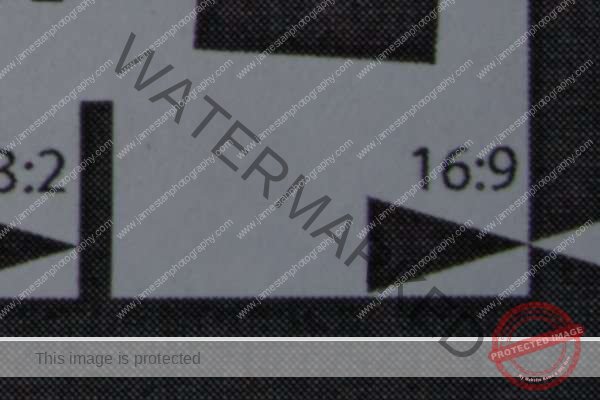
The 50mm center sharpness is a bit soft at F4 and F5.6. It has the sharpest results at F8, F11. The F16 has similar sharpness as F11. Center sharpness at F22 falls off significantly. Corner sharpness is soft at F4 and F5.6. Stop down to F8 and onwards have good corner sharpness.
70 mm
Center
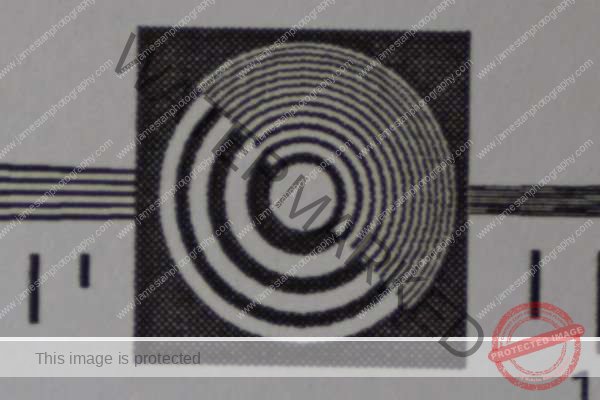

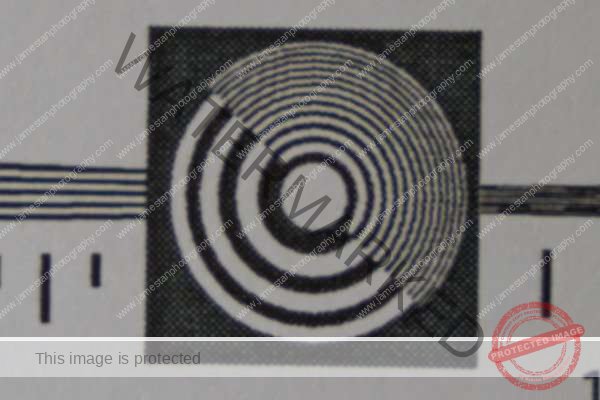
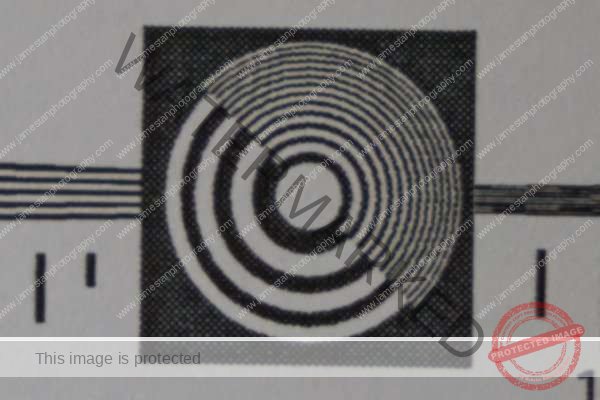


Corner
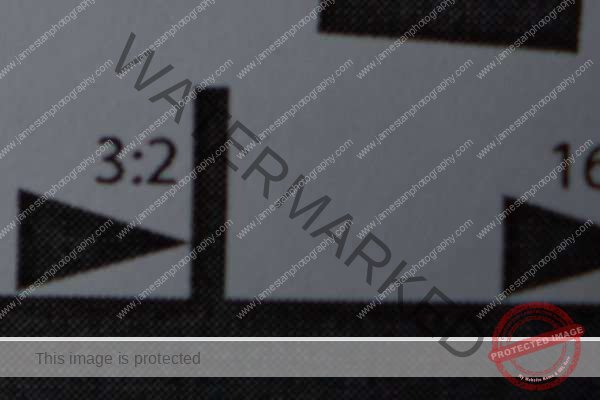
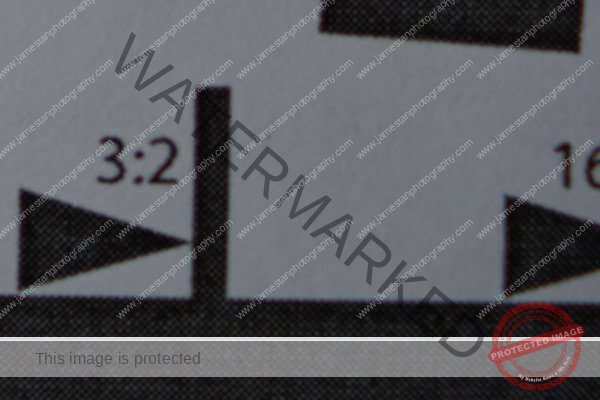




The center sharpness at 70mm performs similarly throughout the focal length, in other words, soft. The corner sharpness is soft at F4 and F22 but sharper at other apertures.
Overall, the SEL2470Z has better sharpness at its wide-angle focal length. Sharpness at 70mm is softer than other focal lengths.
Macro Performance
24 mm


35 mm


50 mm


70 mm

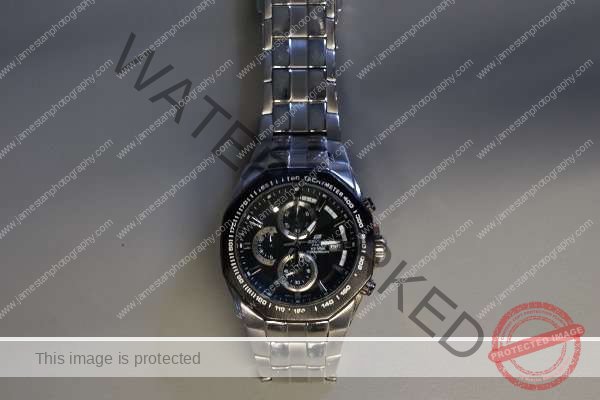
With a minimum focus distance of 40 cm, the SEL2470Z does not shine in macro shooting, especially at its wide-angle.
Distortion
24 mm
35 mm
50 mm
70 mm
The SEL2470Z is suffering from distortion throughout the whole focal length range. At the wide-angle 24 mm, it shows the barrel distortion. From 35mm onwards, it shows pincushion distortion. The distortion is significant, but it is correctable in the post-processing software or in-camera (for JPEG).
Vignetting
24 mm




The vignetting at 24 mm is the worst. Stop down to even F11 still can see significant vignetting at the corners.
35 mm




Vignetting at 35 mm is still bad, but not as bad as at 24 mm. The vignetting becomes very subtle when it stop down to F8.
50 mm




Vignetting at 50 mm is slightly better than at 35 mm, vignetting at each F-stop is lighter than at 35 mm.
70 mm




Wide open at 70 mm still shows the vignetting, but stop down to F5.6 has greatly reduced the vignetting.
Well, the vignetting control of SEL2470Z is not up to the expectation. However, you can fix it quickly in the post-processing or in-camera (for JPEG).
Chromatic Aberration
24 mm
Center

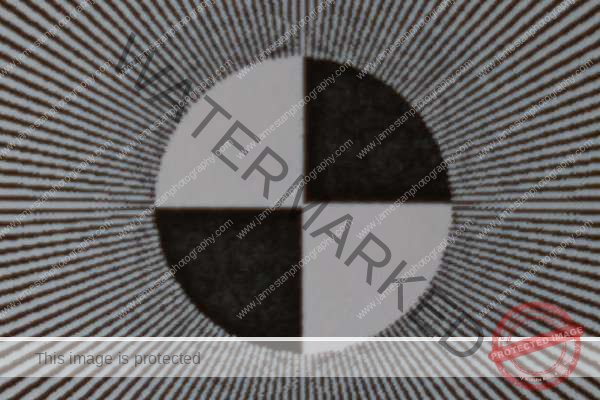
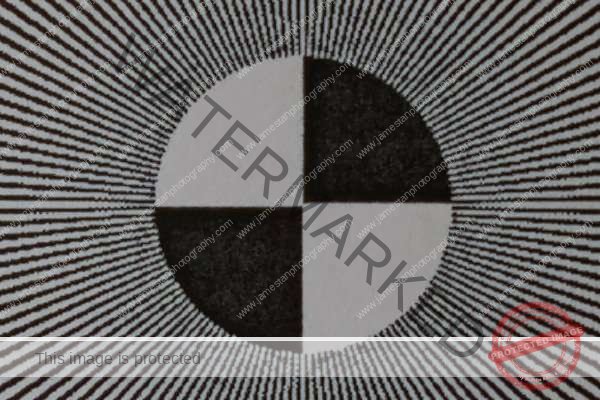

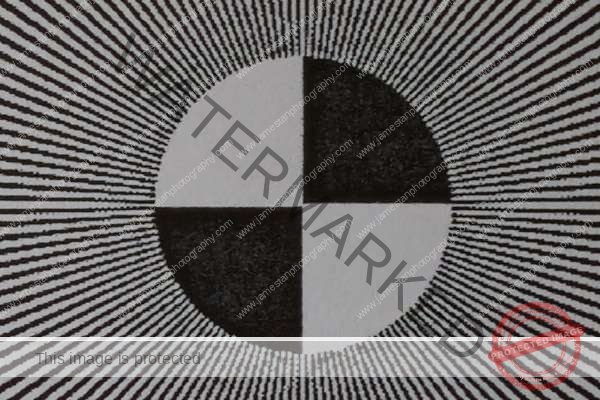
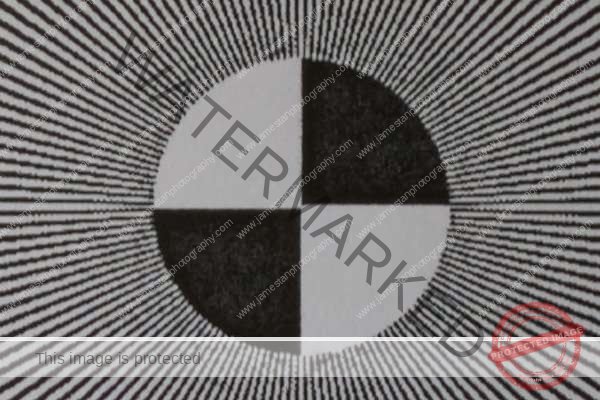
Corner

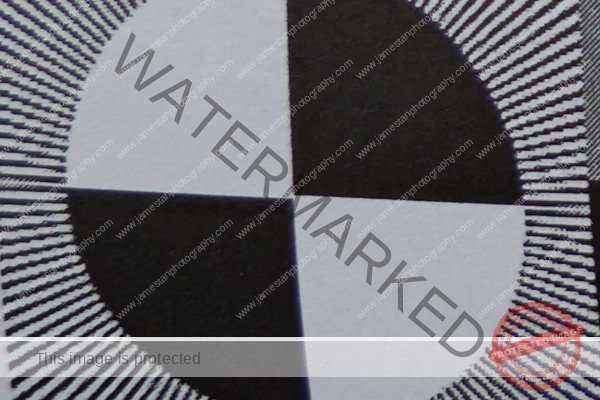

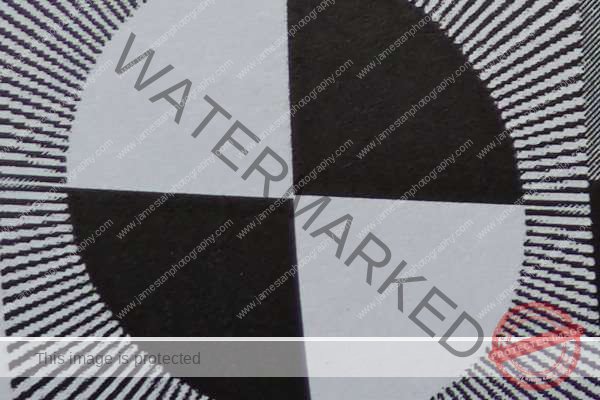
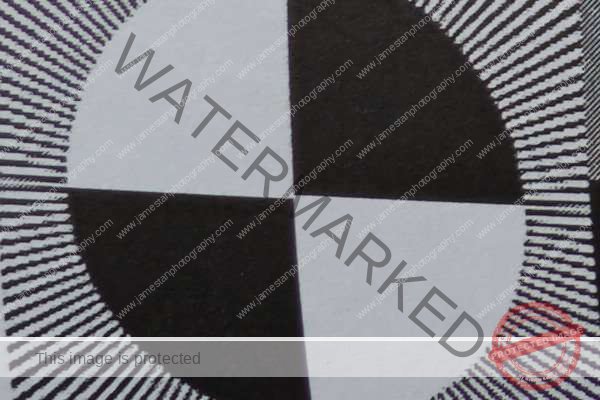

Both center and corner at 24 mm F4 and F5.6 show the magenta CA, and the center and corner at F22 also show some magenta CA.
35 mm
Center


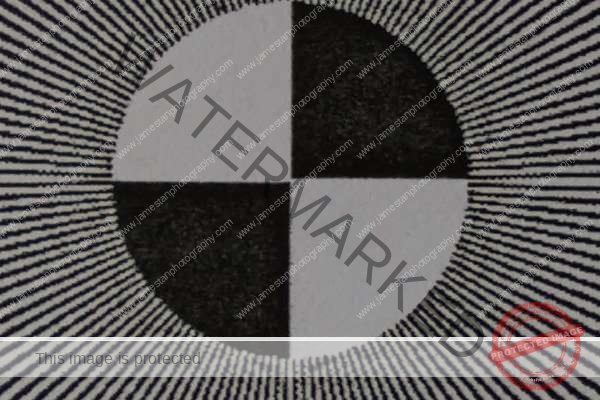



Corner






At 35 mm, only the center at F4 shows a little magenta CA, while its corner at F4, F5.6, F8, F16, F22 all show subtle magenta CA (seems only F11 does not have the CA).
50 mm
Center

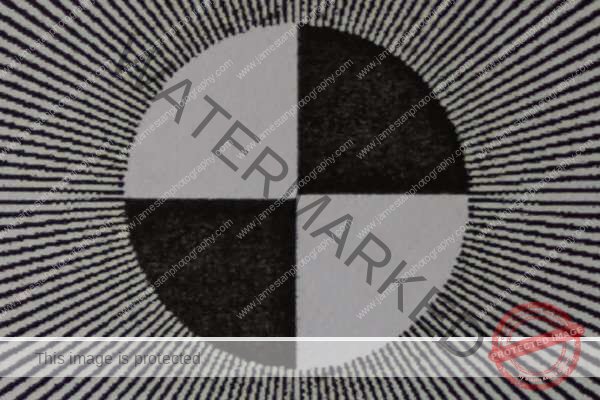
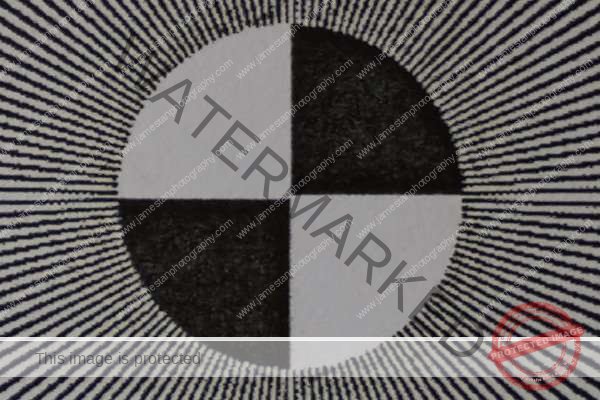



Corner
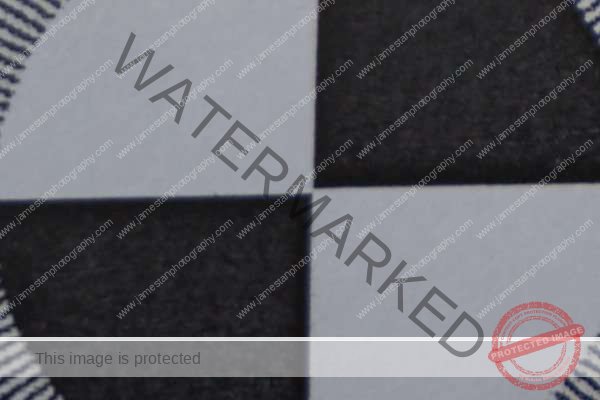
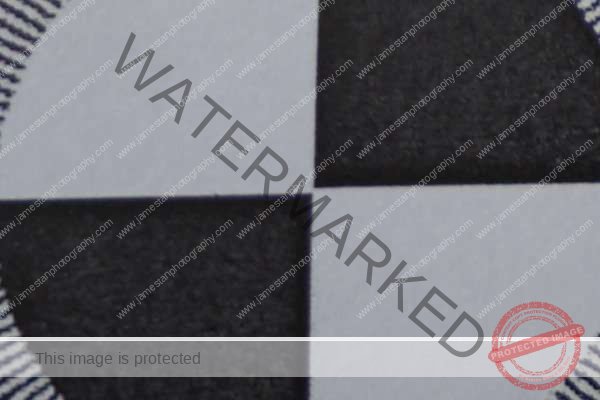

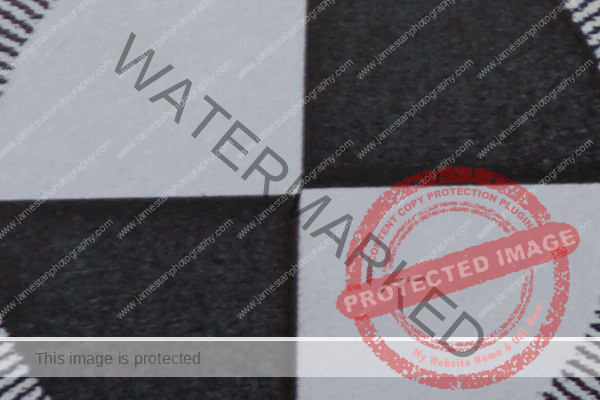
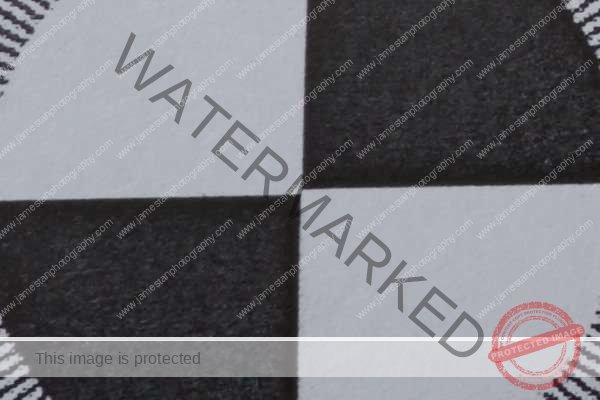

The CA at 50 mm was well controlled. The magenta CA only appears at the corner at F4, F5.6, and F22, and at the center of F4.
70 mm
Center




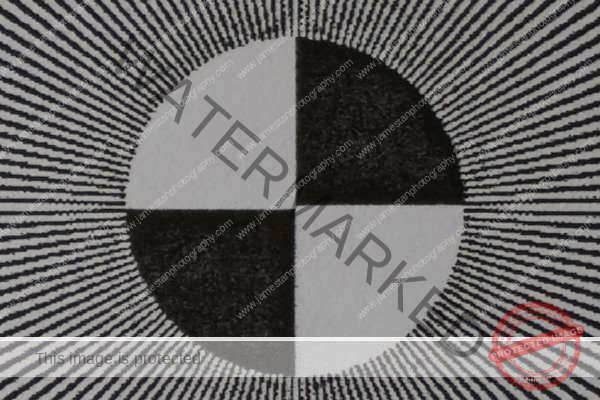

Corner



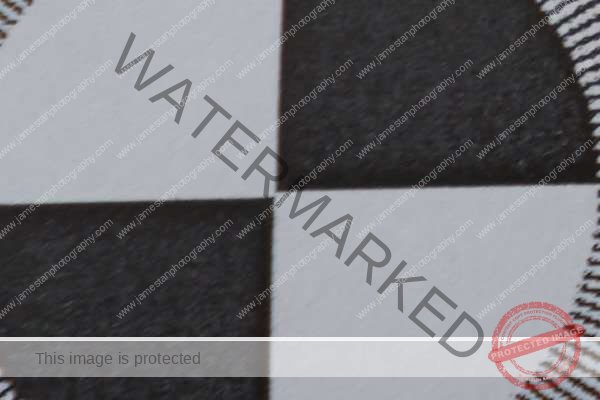


The magenta CA only appears at F4 corner at 70 mm.
The SEL2470Z CA control is better at a longer focal length (from 50 mm onwards). Subtle magenta CA is found at its wide-angle, especially at wide-open and F22 in both center and corner.
Ghosting and Flare
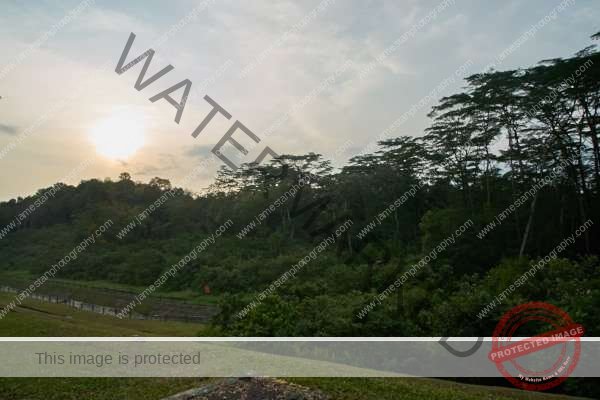



The SEL2470Z has excellent control of the ghosting and flare. Regardless of wide-open at F4 or F11, the flare is well controlled and does not spread across the frame.
Bokeh Effect
24 mm


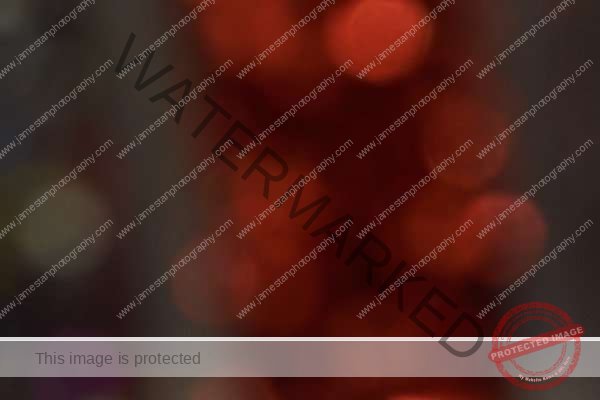
Bokeh at 24 mm is not smooth and not really in a pleasant circular shape.
35 mm



Similar to 24 mm, the Bokeh at 35 mm did not give a smooth and circular result.
50 mm
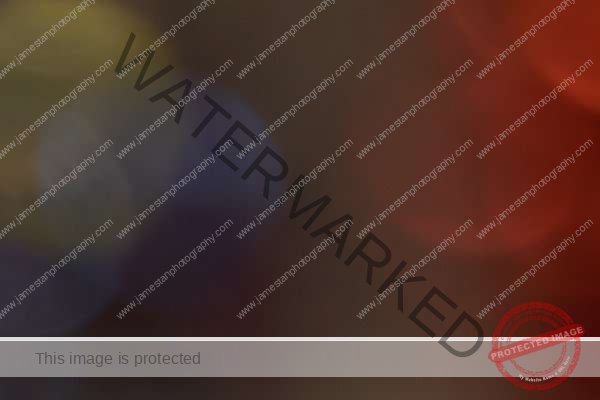


At 50 mm, the quality of the Bokeh is improved. It is smoother, but the circular shape at F4 was still not very “circular”.
70 mm



As expected, the longer focal length improved the quality of the Bokeh. At 70 mm, the Bokeh shows the best quality throughout the whole focal length range.
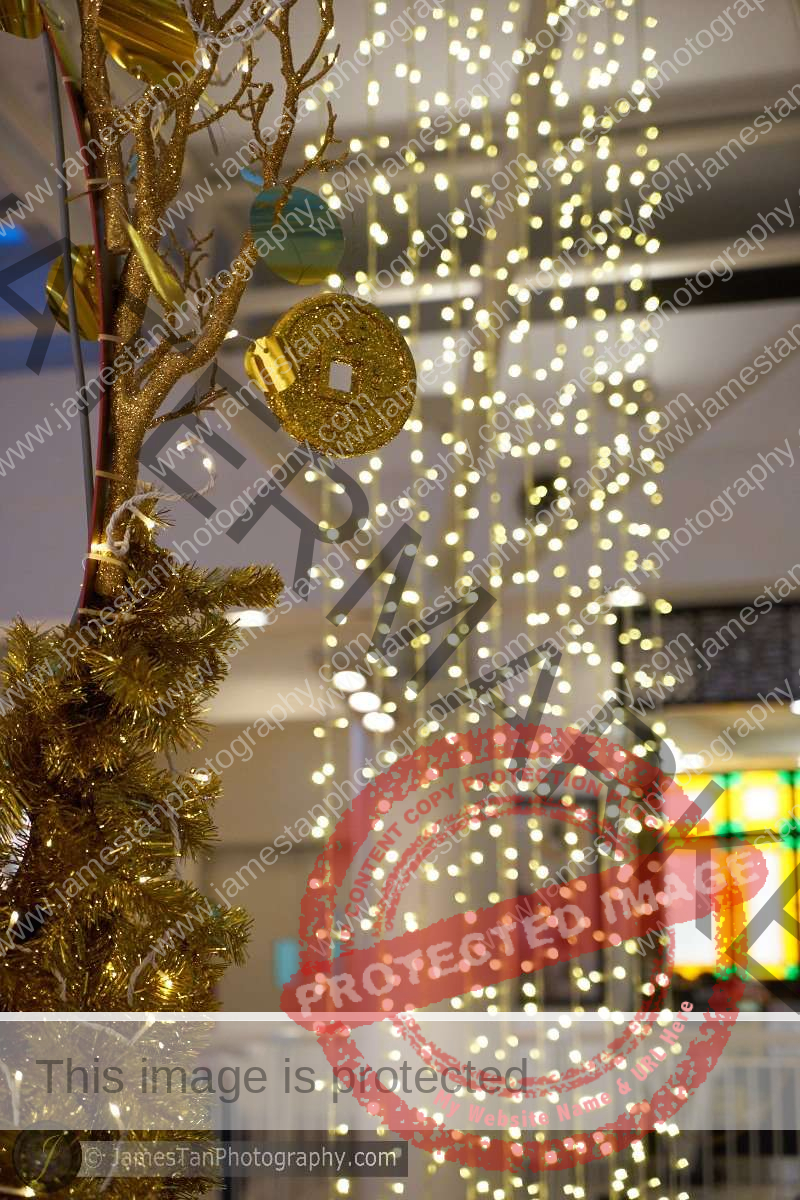

Although the lens did not produce pleasing circular Bokeh, the general Bokeh is still smooth and pleasant.
Handheld Low Light Performance
When I reviewed this lens, the only full-frame camera I got was the Sony A7 II (read my review here), which has a tremendous in-camera-body image stabilizer. Unfortunately, there is no way to switch off the A7II IS while the lens’s OSS is turned on. Therefore, I mounted this lens onto my Sony NEX-6 (read my review here) to get fair results for the lens’ OSS.

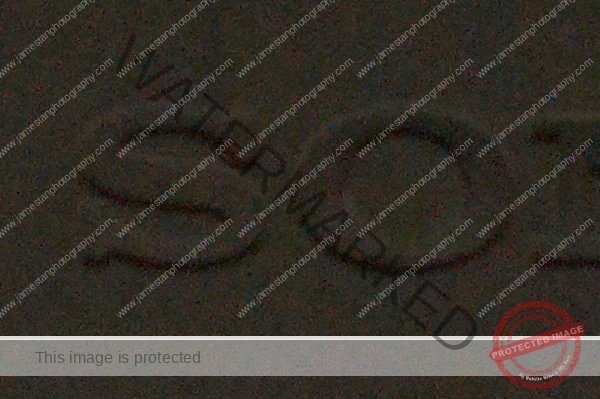


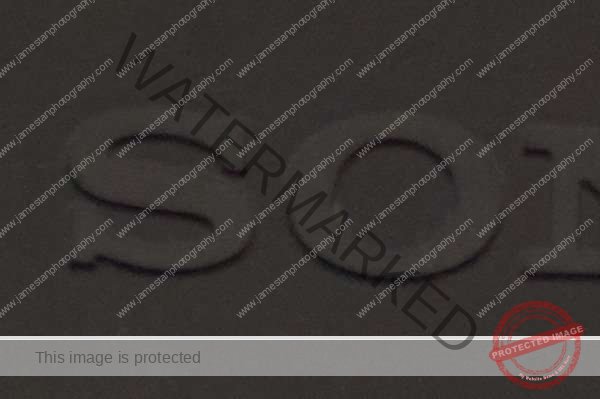

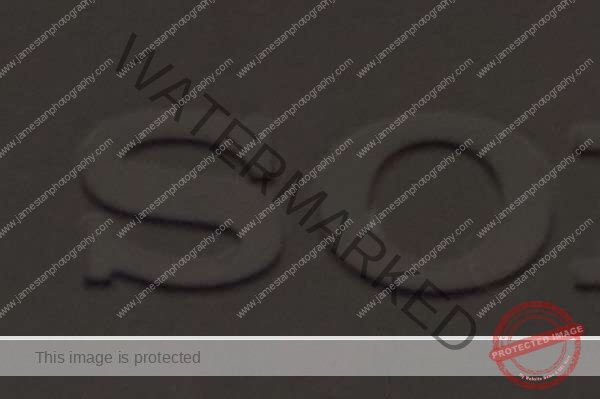



When attached to the cropped sensor size Sony NEX 6, the minimum recommended shutter speed of 70 mm has to be times 1.5x cropped factor, so I started from 1/125 s and reduced the shutter speed by one stop each time. In 1/125s and 1/60s, the shots at 70 mm with OSS and without OSS are subtly different. When the shutter speed comes to 1/30s and below, the OSS shows its advantages over the shots without OSS. Handheld at 1/15s (3 stops slower than the minimum recommended shutter speed), it still gave a blur-free shot easily. Four stops slower (1/8s) required a very steady hand and not easy to achieve blur-free results.
Having an OSS in a Zeiss zoom lens is welcome and it really helps a lot to stabilize the shots at low shutter speed.
Sample Images
Below are some sample shots that I took using the SEL2470Z.
Bottom Line
The SEL2470Z is a full-frame zoom lens with a versatile focal length. Despite the Zeiss brand, the extra 4mm wider (24 mm vs SEL2870’s 28 mm) and the constant maximum aperture F4 are the major advantages over the SEL2870. The metal body built and weather seal also better match the weather seal and alloy-magnesium build A7II camera body.
This lens is soft at the telephoto side (70 mm), and suffers from heavy vignetting and distortion. Although we can fix it in the post-processing software, I expect it to be better when it costs much (SGD 1,599).
Overall, the SEL2470Z has a good built, and the unique Zeiss color and contrast (and of course the Zeiss T* coating), shooting it with the Sony A7 II is a pleasant experience. The 24 mm to 70 mm focal lenght has covered almost every essential shooting scenario, and the produced results are pretty!
That’s all for the SEL2470Z review. I hope you enjoyed it and happy shooting!


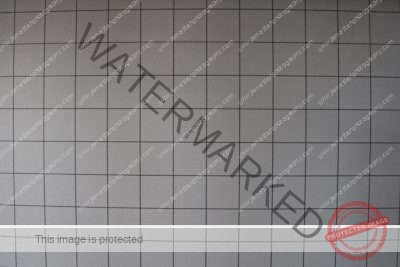


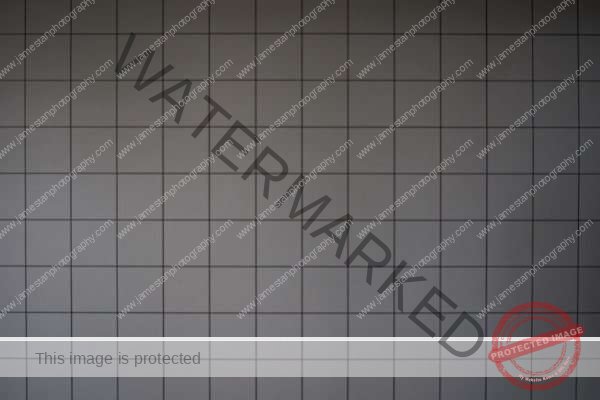


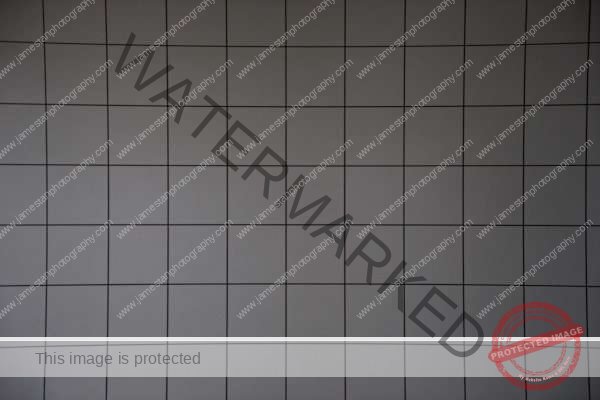
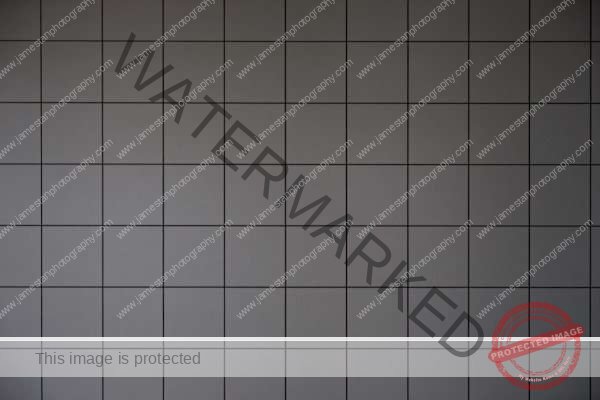
















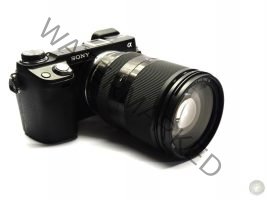
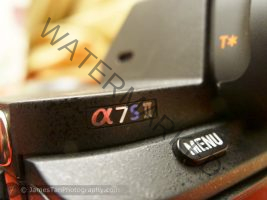
![[Impression] Tamron 35-150mm Di III VXD F2-F2.8 for Sony FE](https://www.jamestanphotography.com/wp-content/uploads/2022/03/20211019_tamron35150_0001-300x200.jpg)